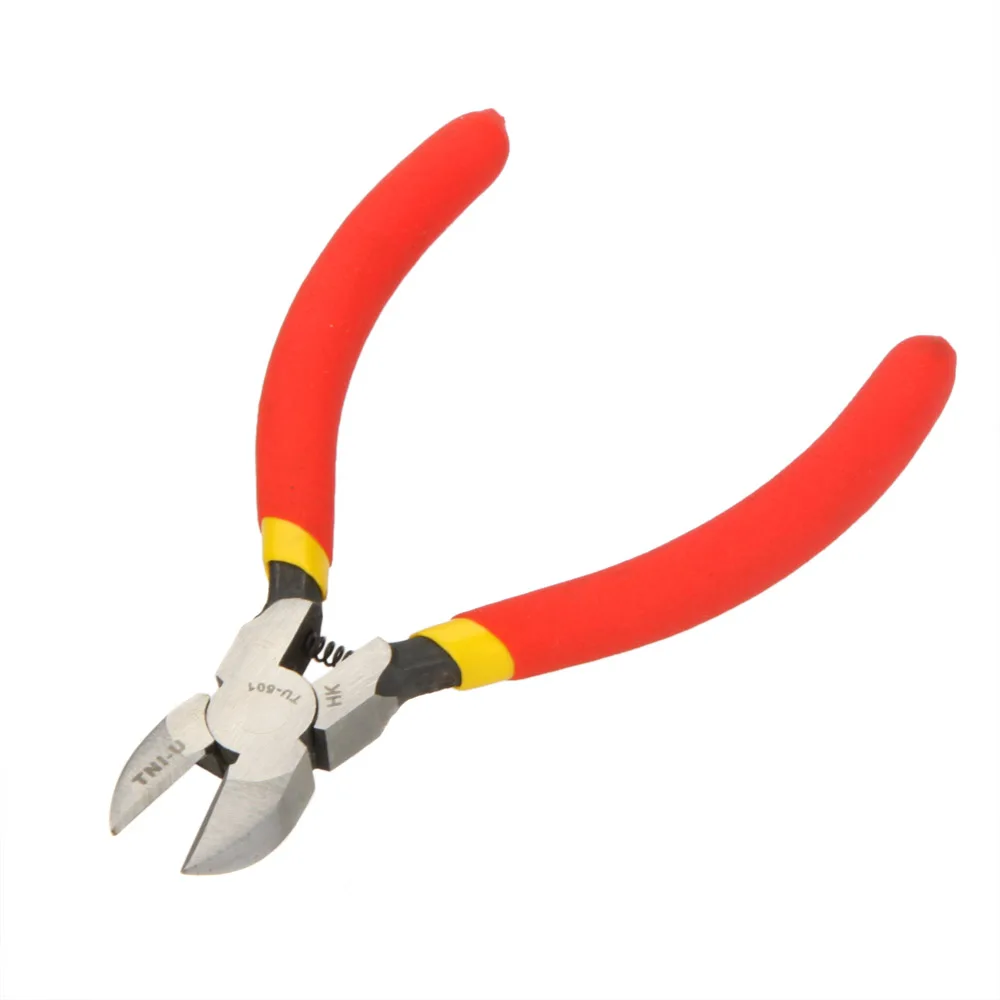Cutting Hand Tools
 Cutting hand tools are a typical necessity in home improvement ventures. Numerous straightforward hand tools cut wood and different materials by utilizing physical power for undertaking such errands. A handsaw is the most habitually utilized device for cutting wood, There are various types of handsaws to be utilized relying upon sort of employment.
Cutting hand tools are a typical necessity in home improvement ventures. Numerous straightforward hand tools cut wood and different materials by utilizing physical power for undertaking such errands. A handsaw is the most habitually utilized device for cutting wood, There are various types of handsaws to be utilized relying upon sort of employment.
Ripsaws, huge strong hand saws with teeth are intended to cut along the grain of wood. While crosscut saws have teeth intended to make slices opposite to the grain of the wood while keeping up a neat and tidy. Bow saws have long slight cutting edges associated by bowed metal edges enabling it to slice through. Adapting saws are little and utilized for definite wood.
Tomahawks utilized for part wood are utilized as an option in contrast to cutting tools for felling trees or slashing kindling. They come in a wide range of shapes and sizes. A few tomahawks have just a single sharp edge, while others have cutting edges on the two sides. Little hand tomahawks are called axes. A destroy may likewise be utilized to cleave wood and having a more extensive and heavier head with a sharp edge makes for a decent device.

Support trimmers are a kind of hand apparatus used to cut little branches. Looking like expansive forceps with two long handles they are helpful for bits of wood that can fit inside their jaws. Etches are sharp metal tools utilized alongside a sledge to cut, split or shave wood. An etch is fundamentally a metal wedge that can be driven capably by utilizing a mallet.
Present day cutting hand tools make it conceivable to slice through stone and tile. It may not be your ordinary venture and would require some measure of mastery. Penetrates, mallets and cutting tools make it very overwhelming. A lot of stone and tile cutting tools incorporate coring and mallet drills, processors, and an assortment of saws.
Most wood tools have something like one incline. This is the slanting surface falling off the edge. Be that as it may, it's something other than an inclining surface. It's really a cutting edge. With the incline supporting a particular point, it decides how the apparatus can be utilized. Experienced individuals think about slopes and how they influence cutting effectiveness.
The point of your cutting instrument or length of the incline decides the quality of the wood you cut. The more noteworthy the cutting point the more extreme and shorter the angle. In case you're going to cut delicate woods, you'll need a little edge on your device's edge. In case you're going to cut hard woods, you'll need an expansive cutting point on your apparatus' edge.

A vital point to recall is the span of the cutting edge on the edge that decides how much control you'll have when cutting. When you know the essentials of how edges on slanted edges influence cutting proficiency you will become familiar with about any cutting apparatus you grasp. You will along these lines stay away from basic mix-ups and become a talented cutting instrument client.
